Examining Pakistani Rug Makers' Elegance!

Pakistan has a rich historic quilt that goes deeper than its thriving cities and stunning scenery. Tucked away in its customs is the ancient craft of rug manufacturing, which turns fibers such as silk and wool to create beautiful narratives. The following article explores the methods, geographic variances, and lasting impact of these intricately handcrafted marvels as it tells the story of Pakistani carpet manufacturing.
An Ageless Art Form
Pakistan's unique rug-making tradition has centuries-old origins. Evidence suggests the Indus Valley Civilization, which peaked at approximately 3300 BCE, employed knitting skills. Various civilizations throughout history left their mark on the trade; among them were the rulers of the Mughals, who brought elaborate Persian patterns and weaving procedures. Its diverse communication gave rise to a distinctive rug-making approach that is still cherished today.
The Craft of Weavers
Crafting rugs throughout Pakistan is a painstaking process frequently handed down across the ages. The loom maker, often an accomplished craftsman, starts by choosing premium fabric or wool. Then, to create a captivating color scheme, the yarns are colored with organic materials like the dye indigo madder base and pomegranate pulp.
Pakistan has two main types of knitting techniques:
- Knitting using warping and weft:This technique uses a weaving machine to extend vertical running or bending vertical threads and interlacing threads horizontally. If or weave, to produce the pattern.
- Knots:This additional method involves weaving separate loops across the warped strands to create a sturdy and compact group. The Senneh knot and the Herati knot are among the prevalent knotted varieties in Pakistan; they each produce distinctive weaves and potential for design.
Local Specialties
Pakistan has a diverse range of rug-making customs, with each area having a particular style that sets it apart:
- Baluch rugsoriginated in Balochistan and are distinguished by their bright hues and abstract solid patterns. They frequently feature naturalistic ethnic motifs and patterns.
- Sindhi rugs:Renowned for the inclusion of glass and elaborate arrangements of flowers, these kinds of rugs are produced in the Sindh area. Sindh's extensive heritage of culture is reflected in its bright hues and precise craftsmanship.
- Multan rugs:Notable for their use of exquisite silk and patterns frequently influenced by the architecture of Mughal times, these floor coverings are named for the city of Multan, which is renowned for its workmanship.
- Bokhara rugs:Renowned for their longevity and the application of vibrant, rich colors, these floor coverings are produced in the region of Khyber Pakhtunkhwa. Modern geometric designs frequently show inspiration from Central Asian countries.
At IMAM Carpets, we take great satisfaction in providing Pakistan with the highest-standard rugs at incredibly low costs. Our collection includes a wide variety of carpets, all of which have been carefully constructed and represent Pakistan's unique cultural heritage.
Importance in Culture
Pakistani rugs are historical relics that convey tales and are exquisite ground coverings. The elaborate designs and arrangements frequently have a metaphorical significance that reflects the weaver's cultural background, worldview, and regional customs. Pakistanis also use rugs extensively in their daily lives and during marriages and other festivities. A handmade rug in your home can help you feel proud of and connected to what makes you who you are.
An Enduring Legacy
The contemporary world presents obstacles to the traditional craft of Pakistani rug manufacturing. The ancient skill is at risk of being manufactured by machines rug and lively manufacturing. On the other hand, handcrafted rugs' artistic value and historical importance are increasingly being recognized. Organizations are striving to maintain this legacy by encouraging environmental techniques, providing aid, and organizations about trade.
Having a Relic from the Past
Investing in Pakistani rugs is investing in elegance, customs, and the heritage of culture. Having handmade rugs in your house allows you to introduce a bit of Pakistani history inside. The intricate craftsmanship and brilliant hues demonstrate the dexterity and commitment of the craftsmen who preserve this age-old art.
If you'd like to learn more about Pakistani rug manufacturing, you should visit a respectable rug merchant or a traditional craft exhibition. Online materials that detail the origins, manufacturing processes, and regional differences of Pakistani rugs are also available. When investigating Pakistani rug prices, evaluate elements such as measurement, stuff, pattern complexities, and the place of manufacture. We at Imam Carpets guarantee that the narratives embroidered into such exquisite rugs remain alive for many years by valuing and encouraging this form of creativity.




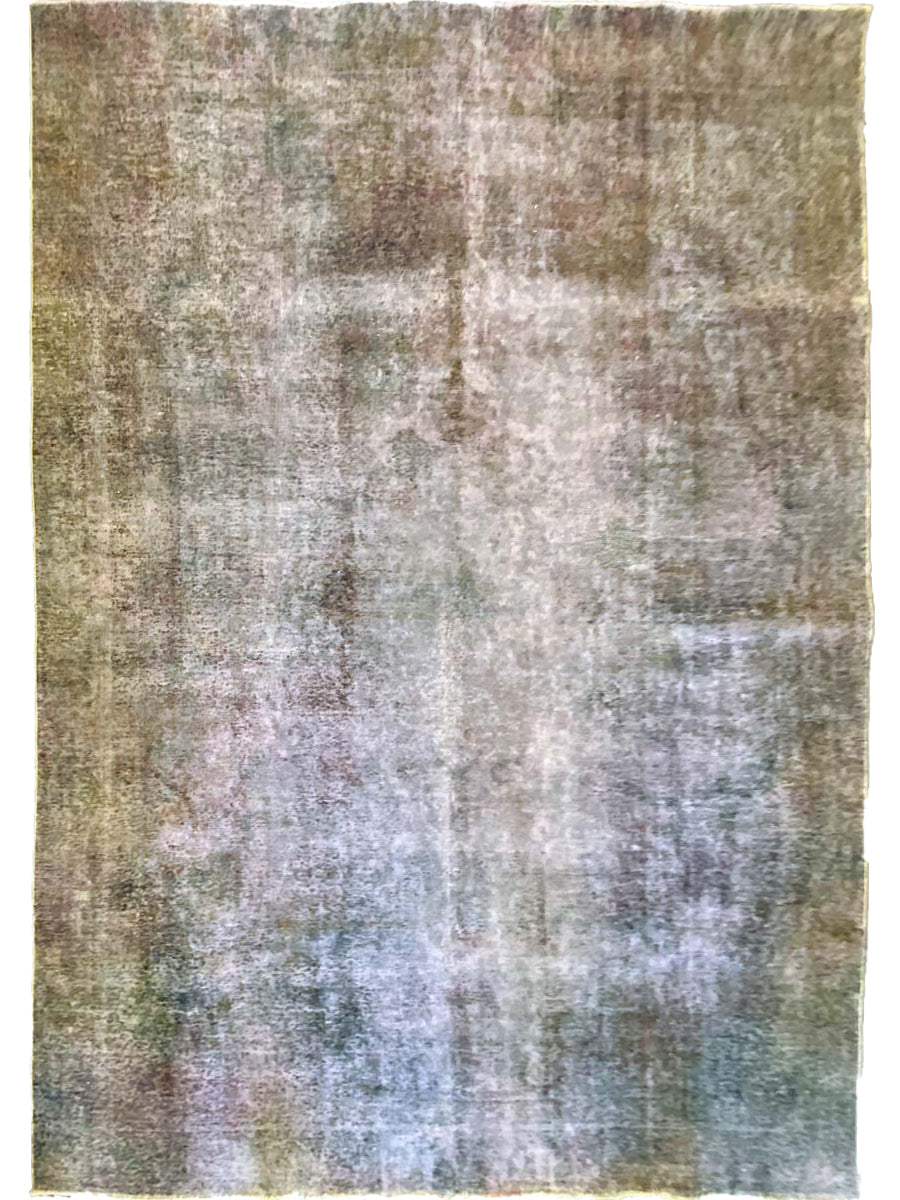




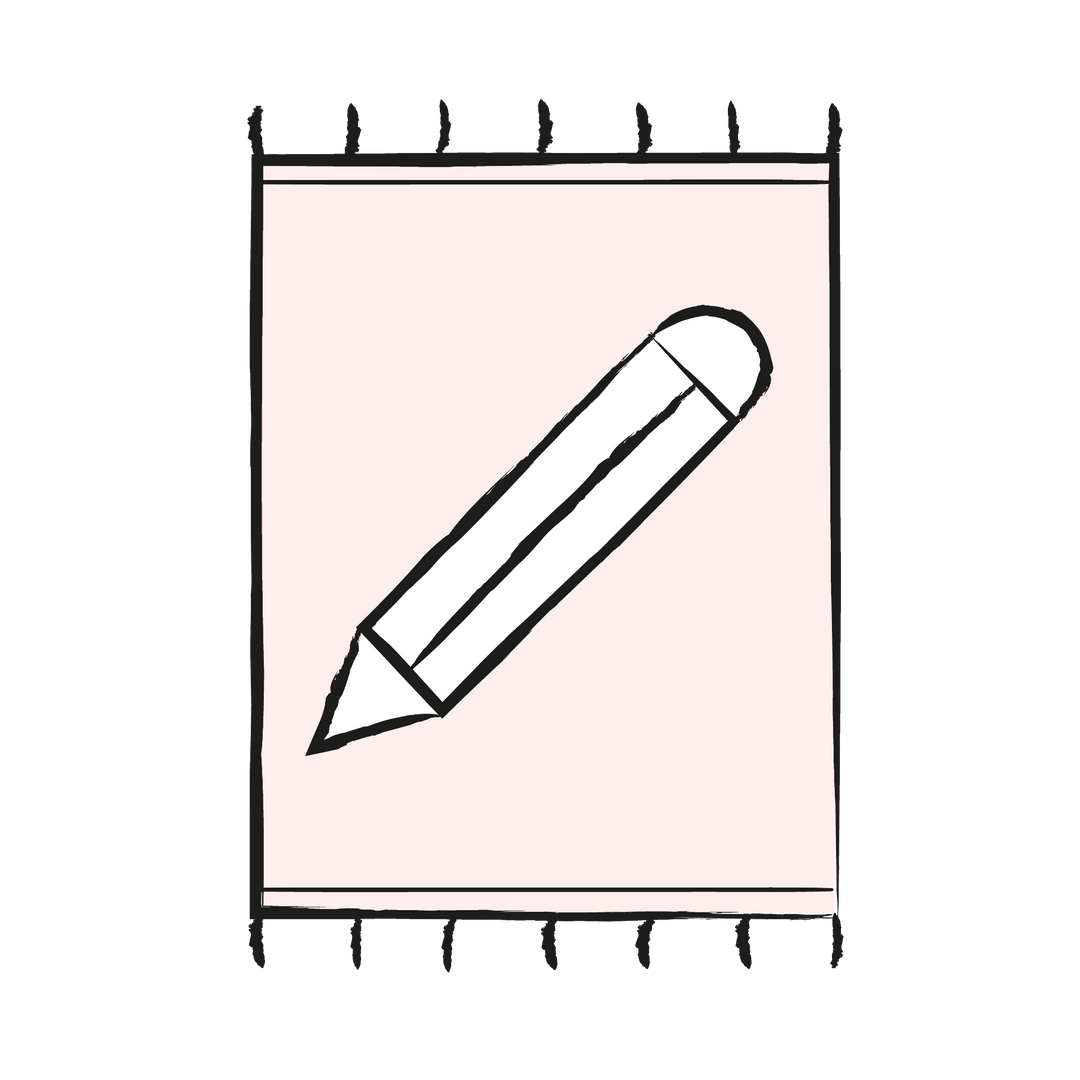

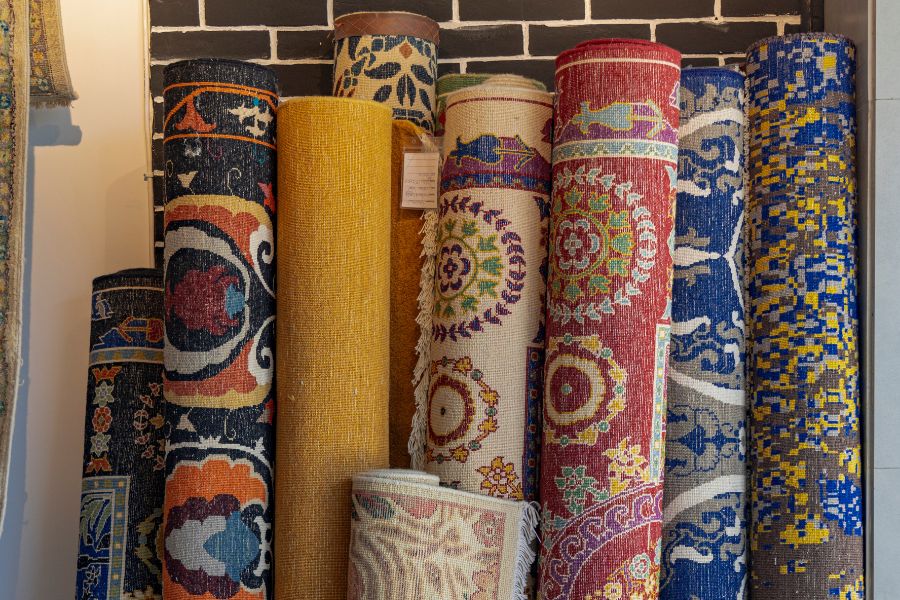
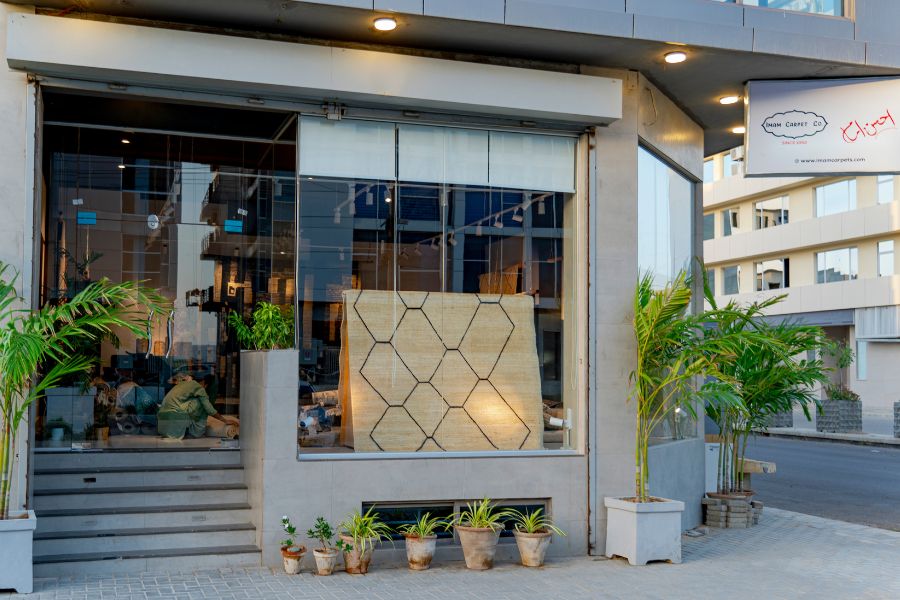
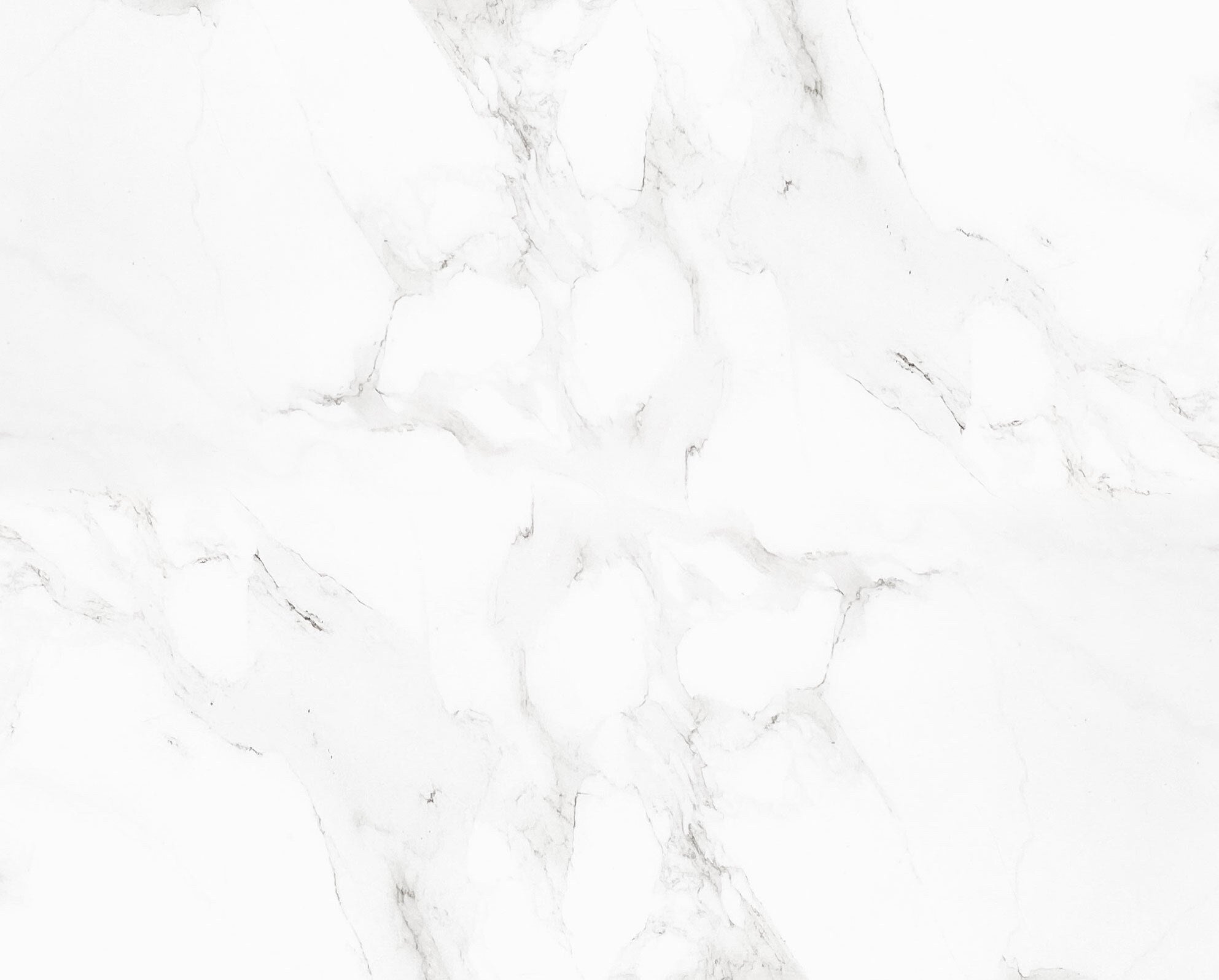
Leave a comment